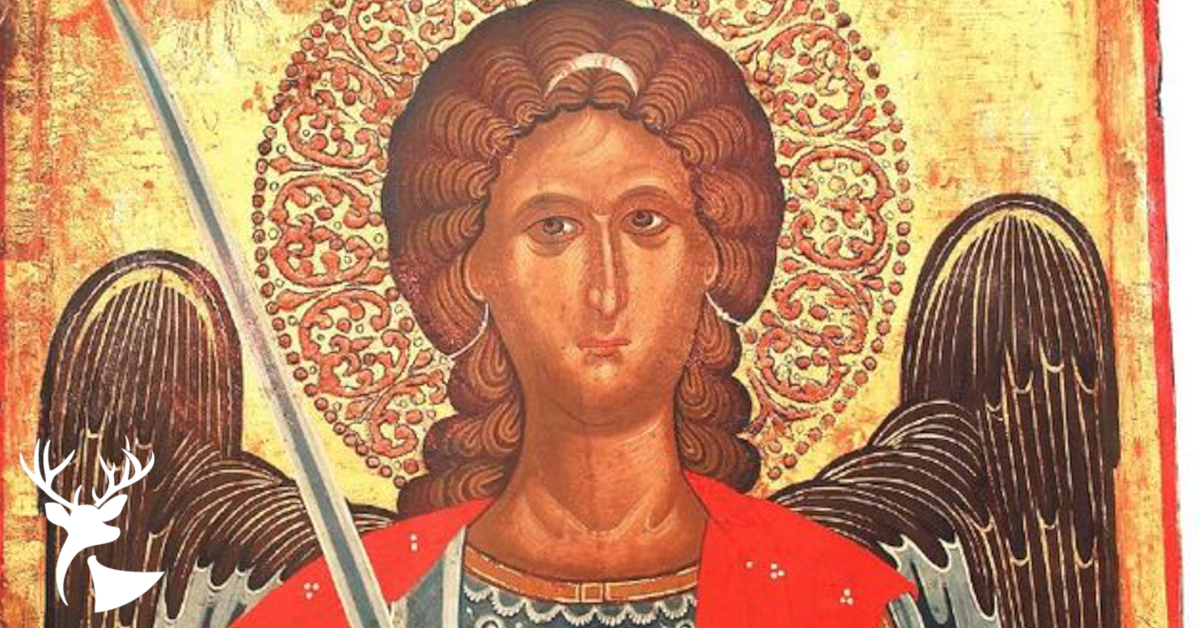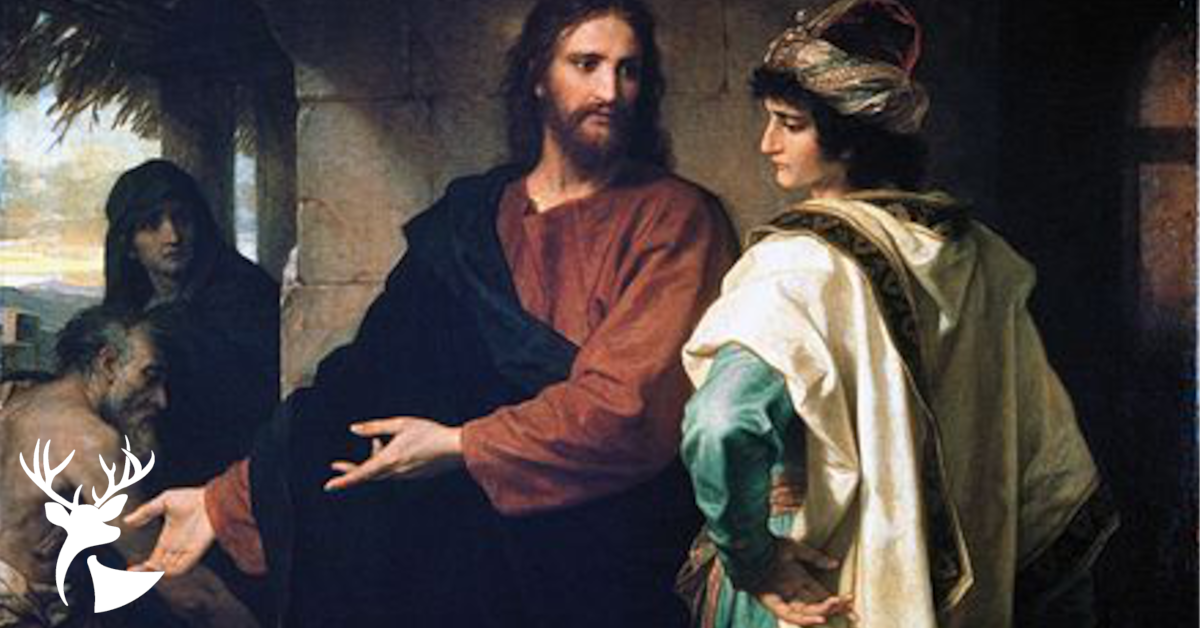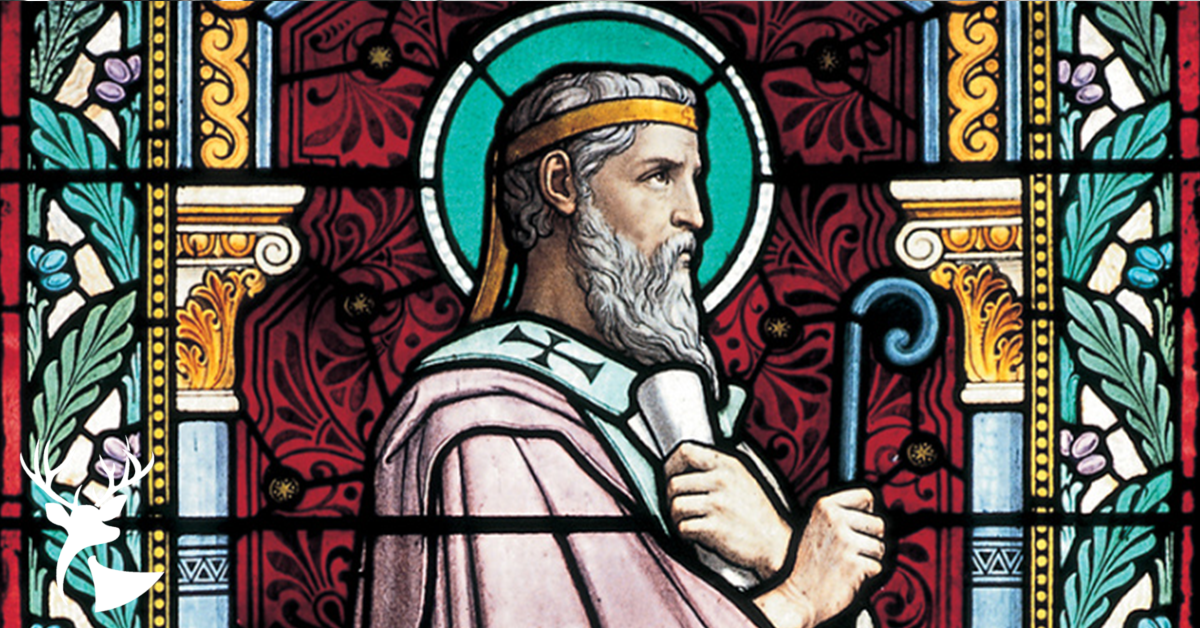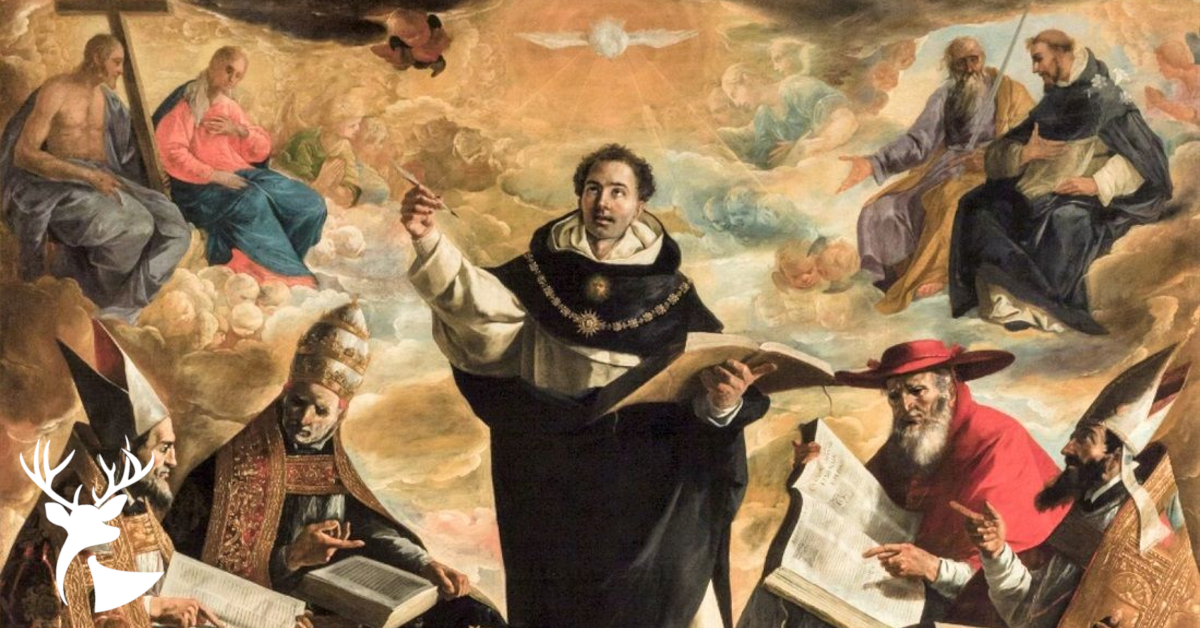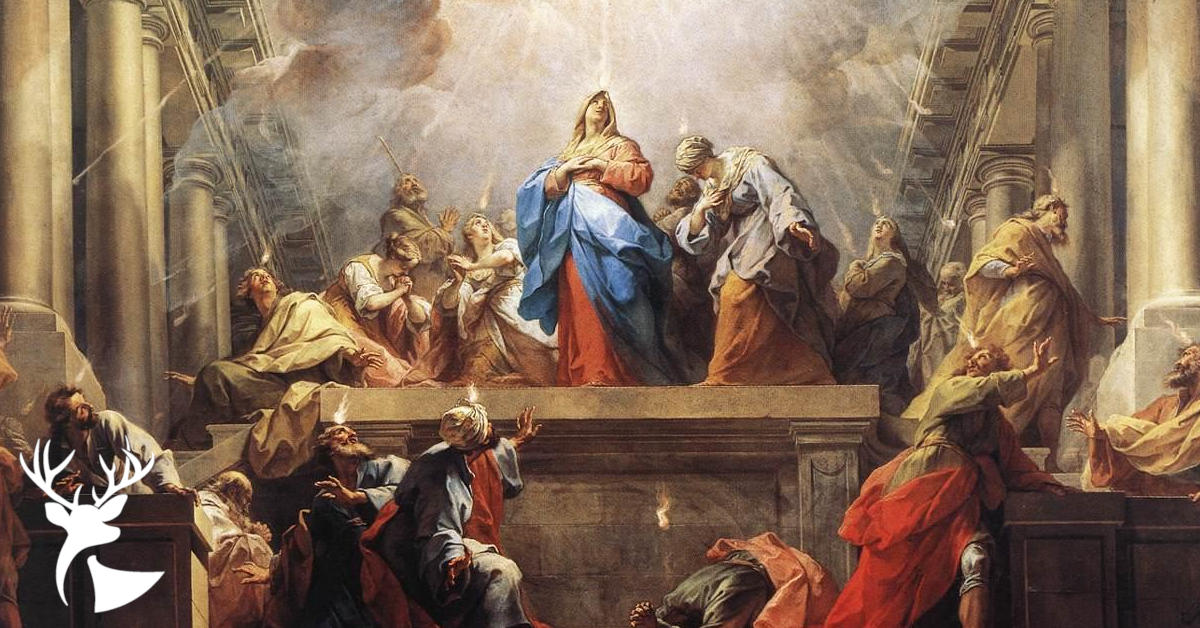
Joey Spencer is a Tutor for the Alcuin Institute for Catholic Culture, and serves as the Archivist for the Diocese of Tulsa.
Joey Spencer is a Tutor for the Alcuin Institute for Catholic Culture, and serves as the Archivist for the Diocese of Tulsa.
← Return to EssaysStay Connected!
Sometime around the year 350, St. Cyril was named Bishop of Jerusalem. St. Cyril served as Bishop of Jerusalem during tumultuous times, both political and theological. During his reign as bishop, he was banished from his see three times and was three times reinstated. In 381 he was one of the Fathers present at the First Council of Constantinople. St. Cyril died on March 18, 386, and his commemoration is celebrated on March 18th in the liturgical calendar of the Church. St. Cyril’s existing works include his pre-baptismal catechesis, known as the Procatechesis, and twenty-three post-baptismal catechetical homilies. These are some of the earliest writings depicting the catechesis and ritual of the Sacrament of Baptism in the early Church. St. Cyril was named a Doctor of the Church by Pope Leo XIII in 1883. Having celebrated St. Cyril’s commemoration in March, and about to conclude the Easter season, it might be interesting to look at St. Cyril’s catechesis on Baptism.
In the Procatechesis, St. Cyril addresses those catechumens who are participating in the Lenten catechumenate. The catechumens are undergoing preparation for their entry into the Church through the Sacrament of Baptism at Easter. In their preparation, the catechumens would have attended Church daily, receiving instruction in the faith and receiving minor exorcisms, not unlike our modern catechumens today who attend RCIA programs and receive minor exorcisms during the scrutinies on the third, fourth, and fifth Sundays of Lent. It is to the catechumens that have been advancing in their knowledge of the faith that St. Cyril is speaking, when, in the Procatechesis, he says, “Already there is an odor of blessedness upon you, O you who are soon to be enlightened; already you are gathering the noetic flowers, to weave heavenly crowns; already the fragrance of the Holy Spirit has breathed upon you; already you have gathered round the vestibule of the King’s Palace; may you be led in also by the King!”[1] The vestibule of the King’s Palace was the baptistry of the Church. For St. Cyril, Baptism is the gate through which we entered the King’s palace, or paradise.
After the Fall and expulsion from the Garden of Eden, man was held captive by the devil in his original sin. With the crucifixion, death, and resurrection of our Lord Jesus Christ, the hold of the devil over man was broken. In one of his post-baptismal homilies, St Cyril explains how this is evident in the ritual of Baptism. Within the ritual there is a clear expression of conversion, turning away from Satan, and turning toward Christ. According to St. Cyril, the ritual begins at the entrance to the baptistry with the individual being baptized facing west with his arms outstretched. The west is where the sun sets, and with the setting of the sun comes darkness. As such the west was symbolically tied to the devil. “Since the west is the region of sensible darkness, and he being darkness, has his dominion also in darkness, therefore, looking with a symbolic meaning towards the West, you renounce that dark and gloomy potentate.”[2] The arms are held out, representing that the individual is rejecting or pushing away the devil and his works. The individual to be baptized then vocally rejects Satan, all of his works, and all of his pomp.
After the rejection of Satan, the person being baptized physically turns his body (conversion) and enters the baptistry facing the east. He has now turned his back to Satan and is moving toward Christ and the baptismal font. With his back to the west, he now faces east. Just as the west is tied to the setting of the sun and darkness, the east is the direction that the sun rises and represents light and the coming of Christ. “For as the lightening comes from the east and shines as far as the west, so will be the coming of the Son of Man” (Matt. 24:27). In facing east, the person being baptized also faces the direction in which lies paradise. “And the Lord God planted a garden in Eden, in the east; and there he put the man whom he had formed” (Gen. 2:8). Facing east, the person then puts off the garments they are wearing.
The stripping of the garments has multiple meanings. First, it is a symbol of the person putting off the old man of sin. “For since the adverse Powers made their lair in your members, you may no longer wear that old garment.”[3] In putting of the garment there was a sense of putting off the sin, and having put off the sin, there was no longer any shame connected to the nakedness. “You were naked in the sight of all, and were not ashamed; for truly you bore the likeness of the first-formed Adam, who was naked in the garden, and was not ashamed.”[4] Another meaning to the stripping of the garments has to do with Baptism being a participation in the crucifixion and death of Jesus Christ. “Having stripped yourselves, you were naked; in this also imitating Christ, who was stripped naked on the Cross, and by His nakedness put off from Himself the principalities and powers, and openly triumphed over them on the tree (Col. 2:15).”[5] Another early Church Father, Theodore of Mopsuestia, adds that after turning east the person genuflects before stripping their old garments. After the garments are put off the person is then brought to the standing position, representing the lifting up of man from the Fall.
After rejecting Satan and putting off the old garments, the baptizand is then anointed with exorcised oil. The exorcised oil also has multiple meanings. One meaning is that, being cut off from Satan, “the wild olive tree,” you are grafted onto Christ, “the good olive tree.” The other purpose that St. Cyril gives for the anointing of exorcised oil has to do with warding off the evil spirits tempting the person before Baptism. “For as the breathing of the saints, and the invocation of the Name of God, like fiercest flame, scorch and drive out evil spirits, so also this exorcised oil receives such virtue by the invocation of God and by prayer, as not only to burn and cleanse away the traces of sins, but also to chase away all the invisible powers of the evil one.”[6]
Once the person was anointed with the exorcised oil, they were then led to the baptismal font and asked three questions. “And each of you were asked, whether he believed in the name of the Father, and of the Son, and of the Holy Spirit, and you made that saving confession, and descended three times into the water, and ascended again; here also hinting by a symbol at the three days burial of Christ.”[7] Baptism is a participation in the death and resurrection of Christ for the one who is baptized. St. Paul says, “We were buried therefore with him by baptism into death, so that as Christ was raised from the dead by the glory of the Father, we too might walk in the newness of life” (Rom. 6:4). Coming out of the waters, the newly baptized were once again clothed with a new white garment. Just as before Baptism he put off the garment of the old sinner, now the baptizand is clothed with a new white robe which represents the newness of life in Christ. “For as many of you as were baptized into Christ have put on Christ” (Gal. 3:27). Having “put on Christ” the baptized individual can now properly call himself a Christian.
There is one further anointing which occurs. At the Baptism of Christ, after He is baptized, the Holy Spirit comes upon Him. “And when Jesus was baptized, he went up immediately from the water, and behold the heavens were opened and he saw the Spirit of God descending like a dove, and alighting on him; and behold a voice from heaven, saying, ‘This is my beloved Son, with whom I am well pleased’” (Matt. 3:16-17). This second anointing with holy oil represents the Holy Spirit coming upon the newly baptized. “For as the Bread of the Eucharist, after the invocation of the Holy Spirit, is mere bread no longer, but the Body of Christ, so also this holy ointment is no more simple ointment, nor common, after invocation, but it is Christ’s gift of grace, and, by the advent of the Holy Spirit, is made fit to impart His Divine Nature.”[8] Thus, receiving the anointing, we receive participation in the divine nature and through Christ truly become children of God.
More Reading

Joey Spencer is a Tutor for the Alcuin Institute for Catholic Culture, and serves as the Archivist for the Diocese of Tulsa.
References & Footnotes:
[1] St. Cyril of Jerusalem, Procatechesis, 1, in Catechetical Homilies, trans. E. H. Gifford (Florence, AZ: Sagom Press, 2019).
[2] St. Cyril of Jerusalem, Hom. 19.
[3] St. Cyril of Jerusalem, Hom. 20.
[4] St. Cyril of Jerusalem, Hom. 20.
[5] St. Cyril of Jerusalem, Hom. 20.
[6] St. Cyril of Jerusalem, Hom. 20.
[7] St. Cyril of Jerusalem, Hom. 20.
[8] St. Cyril of Jerusalem, Hom. 21.


